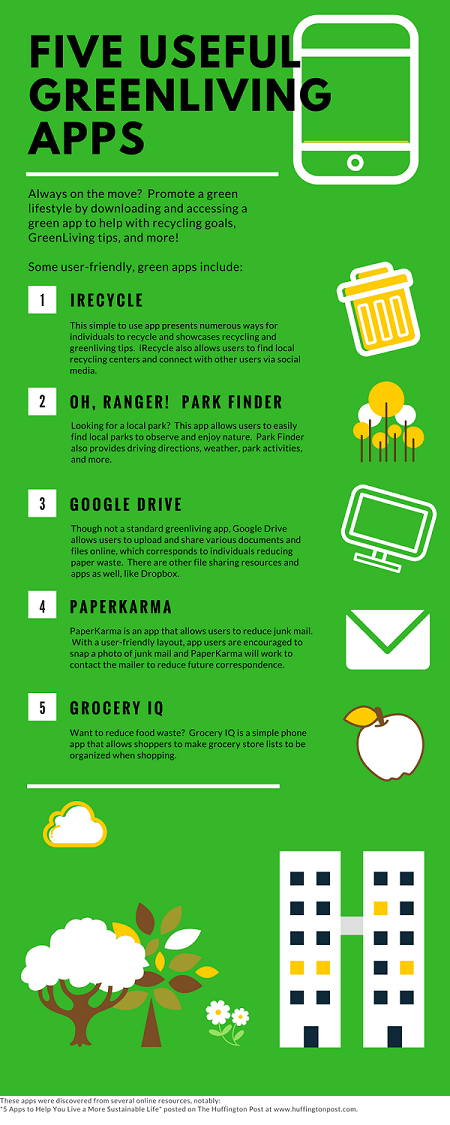Recap: Managing Waste
The Damaging Effects of Waste
Last year, our blog presented some facts and figures about waste. When you discard garbage or recycling improperly, such as littering outside or simply tossing a plastic bottle into a trash can, do you consider what happens to the remains of that product?
Waste that is not discarded properly will eventually seep into the environment. This is the time of year for holiday parties and family gatherings. When cleaning up, it might seem easier to just discard all the trash and not sort out the recyclables or potentially harmful garbage. However, when committing to a green lifestyle, it is important to take every opportunity you can to promote sustainability. Recycling whenever possible, not just when convenient, and prompting others to do the same can protect natural resources.
Consider these figures:
Did you know that many items that CAN be recycled make the the top 10 list of items most likely to be thrown in the regular trash or even just discarded on the ground and later found in our oceans?
Plastic bottles, cans, and paper bags are all recyclable materials. The graphic above from the Ocean Conservancy also displays items such as glass bottles which are harder to recycle properly, but still necessary to discarding in a safe and effective manner.
When improperly discarded, these products make their way into one of our most important resources: our waterways. Beforehand, they sink into our soil and pollute the ground full of chemicals.
This holiday season, still commit to your green lifestyle. Every time you recycle, you are lessening the repercussions of disposing these products improperly.
This post is re-formatted from our December 16, 2014 post "Putting Your Waste Into Perspective". View the original here.
This post is re-formatted from our December 16, 2014 post "Putting Your Waste Into Perspective". View the original here.





Comments
Post a Comment